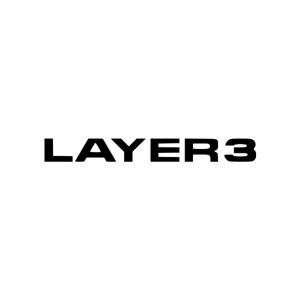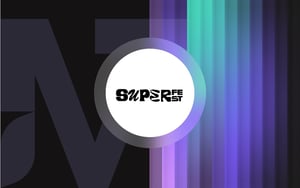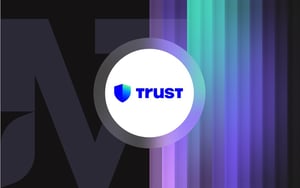Merkl vs. Layer3Merkl vs. Layer3
Merkl and Layer3 are both growth platforms helping businesses reach, acquire, and retain users by creating campaigns, or quests. Users are incentivized to perform onchain and offchain actions.
While they share some similarities, Merkl and Layer3 have key differences.
Layer3
Layer3’s main goal is to drive engagement and retention through the creation of quests.
Users are typically encouraged to complete social actions like following on X or joining Discord, as well as visiting webpages, reading articles, and answering educational quizzes. Additionally, they may be asked to perform on-chain transactions such as swapping or bridging. In return, users earn NFTs (CUBEs) or points (XP) that can be redeemed for L3 tokens.
Ultimately, Layer3 aims to enhance protocol awareness and adoption while building communities through gamified education.
Merkl
In contrast to Layer3, Merkl’s mission is to help chains, protocols, and DAOs manage or attract liquidity by connecting them with liquidity providers (LPs). While Layer3 is primarily used to onboard new users into Web3, Merkl focuses on more experienced users and “whales”.
Although Merkl contributes to user acquisition, engagement, and retention, the onchain actions it offers are significantly more advanced than those on Layer3. With Merkl you can incentivize lending, borrowing, bridging, holding tokens or NFTs, supplying assets in liquidity pools, staking, and more.
Furthermore, Merkl does not have its own token. The rewards claimed by users are always tokens held by the protocols creating the campaigns (e.g., UNI tokens as rewards for Uniswap campaigns).
Lastly, everything on Merkl is pseudonymized. Merkl does not know its users and does not collect their social media accounts or email addresses.


Discover how top projects grow using Merkl
FAQ
Merkl supports a wide range of incentive campaign types across 50+ chains:
- Liquidity incentives for concentrated liquidity pools (CLAMM) like Uniswap v3 & v4
- Lending & borrowing incentives across protocols like Aave, Morpho, and Euler
- Airdrops (to a predefined list or users meeting specific criteria)
- Rewards for ERC20 token holders, based on their balance over time (e.g., LP token holders)
- Point systems to drive engagement and retention
And we're constantly expanding with new use cases!
Campaign creation comes with a 3% maintenance fee, except for airdrop campaigns, which have a reduced 0.5% fee. Merkl is free for retail users, aside from gas fees.
For custom or long-term incentive programs, reach out to us — we’d be happy to discuss tailored pricing!
Choosing the right incentive strategy depends on your goals and needs. For instance, during a token launch, it’s often best to hold off on incentives until the price stabilizes, whereas for a stablecoin, building a liquidity wall can be a smart move. These are just a couple of many possible approaches.
Additionally, optimizing a campaign also means selecting the right reward distribution model—whether it's a fixed reward rate, variable reward rate, or event-based rewards (e.g., swaps, follows on X, etc.).
Distributing incentives with Merkl is quick and easy. Just head over to Merkl Studio, set up your campaign parameters (amount, chain, dates, etc.), and launch it in a few clicks!
If you're planning a large-scale incentive program, need advanced customization, or have any questions along the way, feel free to reach out — we’re here to help!



